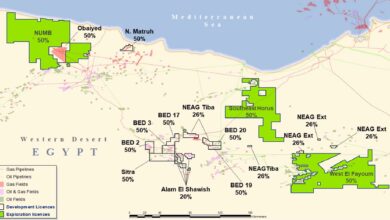Chevron reports 50% reduction in methane intensity since 2016

In a new report, Chevron noted that it has seen a 50% reduction in the company’s methane intensity since 2016. Chevron’s US upstream methane intensity is 85% lower than the US upstream production sector average as of 2020.
In the report, Chevron noted its efforts to reduce methane intensity, improving methane detection and advancing measurement. In particular, it aimed to design and operate facilities to help prevent methane emissions and deploy technologies to validate performance, inform repairs and improve inventories.
In the Permian Basin, the company includes vapor recovery units in its standard design for tank batteries and compressor stations. Since 2011, it has included compressed air for pneumatic controllers to eliminate methane emissions from that source. In addition, it has committed to designing, where possible, all new upstream facilities to operate without routine methane emissions.
Chevron is testing emerging technology and incorporating innovative solutions into our methane management programs. The company said it is working toward integrating comprehensive direct measurement into existing emission factor-based inventories as protocols are developed and technologies become more widely available to improve methane detection at both the site and source levels. Since 2016, it has tested 13 advanced detection and measurement technologies.




